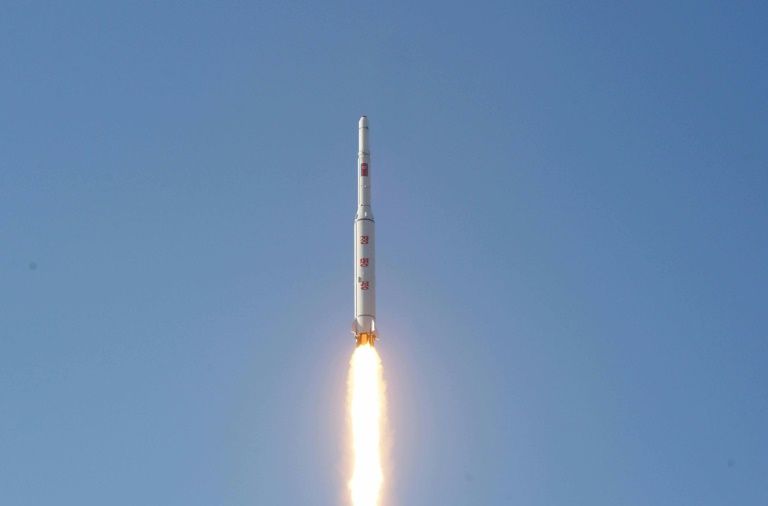-
Tips for becoming a good boxer - November 6, 2020
-
7 expert tips for making your hens night a memorable one - November 6, 2020
-
5 reasons to host your Christmas party on a cruise boat - November 6, 2020
-
What to do when you’re charged with a crime - November 6, 2020
-
Should you get one or multiple dogs? Here’s all you need to know - November 3, 2020
-
A Guide: How to Build Your Very Own Magic Mirror - February 14, 2019
-
Our Top Inspirational Baseball Stars - November 24, 2018
-
Five Tech Tools That Will Help You Turn Your Blog into a Business - November 24, 2018
-
How to Indulge on Vacation without Expanding Your Waist - November 9, 2018
-
5 Strategies for Businesses to Appeal to Today’s Increasingly Mobile-Crazed Customers - November 9, 2018
Will U.S. deploy THAAD missile system after North Korean threats?
South Korea and the United States officially began talks Friday on the possible deployment of an anti-ballistic missile system to tackle the increasing threat from North Korea.
Advertisement
“North Korea has continued its nuclear tests and long-range missile provocations and defied South Korea and the worldwide community’s deterrence efforts”, Seoul’s defense ministry stated according to local news agency Yonhap.
China has once again expressed opposition to the planned deployment of a U.S. anti-ballistic missile shield in South Korea.
The launch of talks about the THAAD deployment came after the Democratic People’s Republic of Korea (DPRK) launched a long-range rocket on February 7 after conducting its fourth nuclear test on January 6. Find us on Facebook too! The group, led by the South Korean Defence Ministry’s director-general Jang Kyung Soo and USFK’s Major-General Robert Hedelund, would discuss the effectiveness of Thaad deployment, potential locations, timeline, cost-sharing and potential safety and environmental issues, said the ministry.
Kim said North Korea should “bolster up (its) nuclear force both in quality and quantity” and stressed “the need to get the nuclear warheads deployed for national defence always on standby so as to be fired any moment, “KCNA quoted him as saying”. Given China’s interest in avoiding instability in North Korea, many remain leery of Beijing easing sanctions on Pyongyang after a period of time.
While the USA maintains that any deployment of THAAD in South Korea would be exclusively to protect its forces there and their South Korean allies, some see it as further militarization of the peninsula and an escalation of the American presence there. But North Korea can probably place nuclear warheads on its shorter-range Scuds and its 1,300-kilometer-range Rodong missiles, which can strike targets in South Korea and Japan, said Lee Choon Geun, an analyst from South Korea’s state-funded Science and Technology Policy Institute.
North Korea fired several projectiles into the sea on Thursday which flew up to 150 kilometres (90 miles), South Korea’s defence ministry said, an apparent response to new sanctions imposed by the United Nations this week.
The U.S. likely will proceed with deployment over the objections of China and Russian Federation, the professor predicted.
The statement also made clear that Pyongyang will continue its nuclear and missile development.
“Russia and China have obviously expressed concerns about THAAD”, he said.
The U.S. and South Korea are to kick off large war games next week that North Korea says are preparations for an invasion.
Advertisement
“We urge North Korea to refrain from provocative actions that aggravate tensions and instead focus on fulfilling its global obligations and commitments”.





























